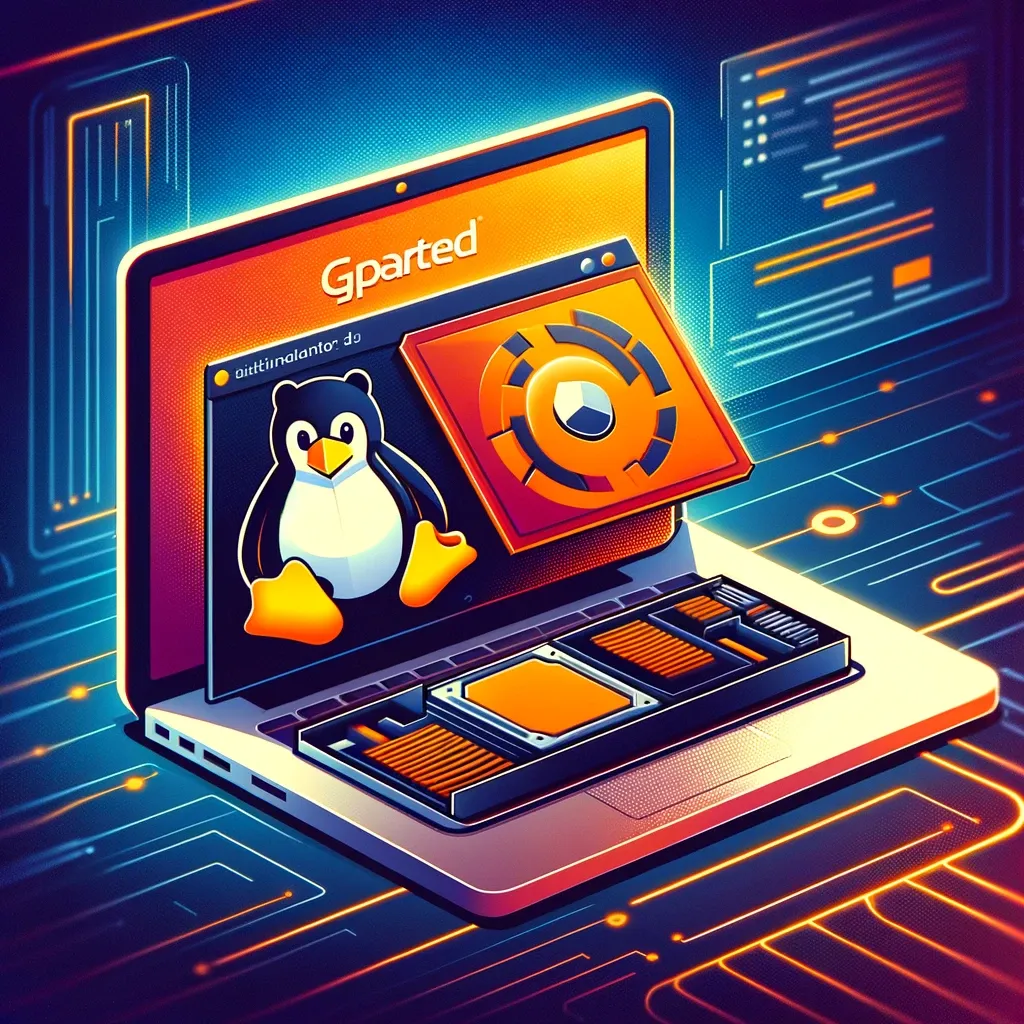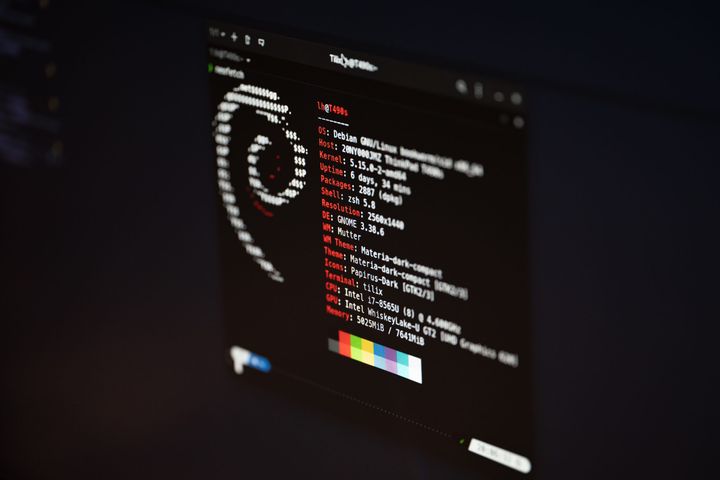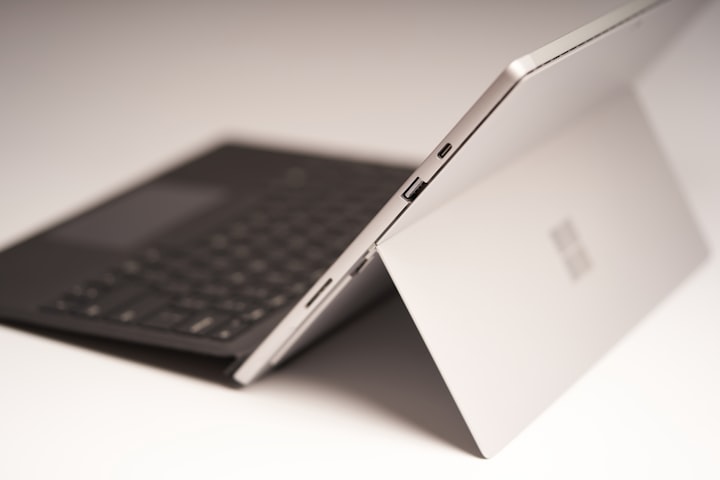Mastering GParted on Ubuntu: A Step-by-Step Tutorial

Welcome to the world of Ubuntu, where tweaking and tuning your system is both a necessity and a geeky pleasure! Today, we're diving into the realm of disk management with GParted, a powerhouse tool for partitioning and handling your hard drives. Whether you're a Linux newbie or a seasoned penguin, this guide will walk you through installing and using GParted on Ubuntu like a pro.
Getting Started with GParted
Before we get our hands dirty, let's understand what GParted is. GParted, or GNOME Partition Editor, is a free, open-source partition editor that lets you resize, copy, and move partitions without data loss. It's like having a magic wand for your hard drive, only better because it's real!
Why Use GParted?
- Flexibility: Resize, move, or copy partitions without losing your precious data.
- Compatibility: Works with a variety of filesystems, including ext4, NTFS, and FAT32.
- User-Friendly: A graphical interface that makes disk management less intimidating.
Installing GParted on Ubuntu
Now, let's roll up our sleeves and install GParted. It's as easy as pie – or, in our case, as easy as executing a couple of commands in the terminal.
- Open the Terminal: You can do this by searching for 'Terminal' in your Ubuntu dashboard or by pressing
Ctrl + Alt + T. - Update Package List: Enter the following command to ensure you have the latest package list:
sudo apt update
- Install GParted: Now, for the main event, run:
sudo apt install gparted
Voilà! You've successfully installed GParted on your Ubuntu system.
Launching and Using GParted
With GParted installed, let's explore how to launch and use this nifty tool.
- Launch GParted: Find GParted in your application menu or type
sudo gpartedin the terminal. - Authenticate: Since disk management requires administrative privileges, enter your password when prompted.
- Explore the Interface: GParted's interface might seem old dated at first, but it's intuitive. You'll see your hard drives and their partitions displayed graphically.
- Managing Partitions: Right-click on a partition to resize, move, or format it. Remember, always back up your data before making any changes!
- Apply Changes: After making your desired changes, click the 'Apply' button to execute the tasks.
Handy Tips and Tricks
- Backup First: Always back up important data before modifying partitions.
- Unmount Partitions: Unmount any mounted partitions that you plan to modify.
- Check for Errors: Use GParted to check for and fix filesystem errors.
That's it!
Congratulations! You're now equipped to manage your disk partitions with GParted on Ubuntu. Keep in mind, that with great power comes great responsibility, so always be cautious when dealing with disk partitions. Happy partitioning, and may your Ubuntu journey be ever smooth!




Comments ()